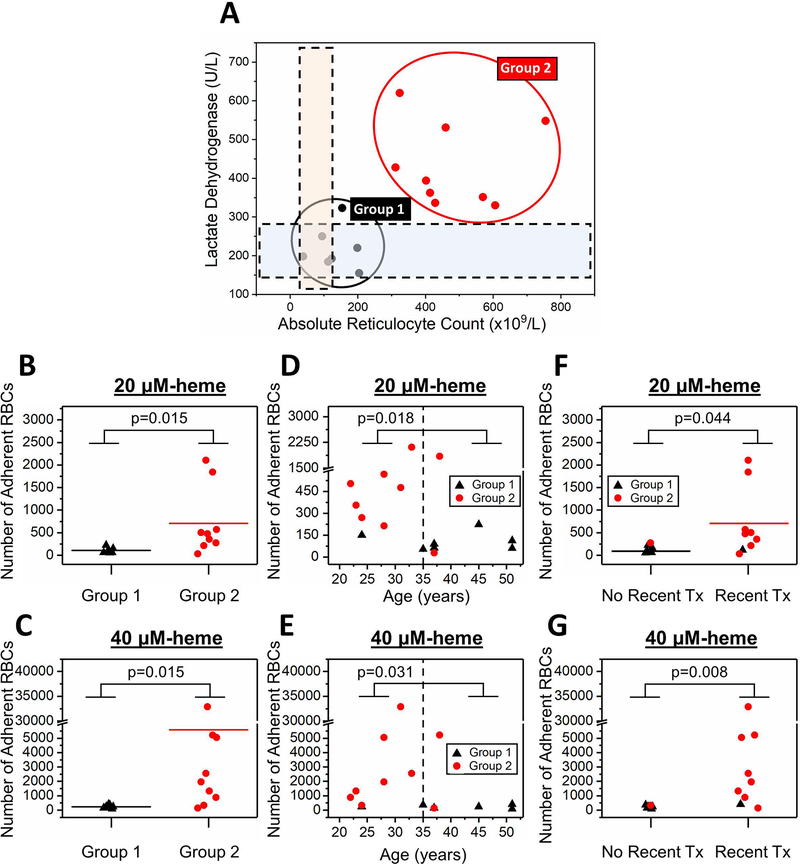Figure 4. RBC adhesion to heme-activated ECs correlates with subject clinical phenotype including hemolytic & inflammatory biomarkers, age, and transfusion history.
(A) Two distinct subject subpopulations are present based on plasma LDH levels and ARCs. The study population was segregated into two groups: Group 1 (N=7) and Group 2 (N=9) via k-means clustering analysis. The dashed rectangular regions represent normal ranges for the given clinical parameters. RBCs from subjects in Group 2 (N=9), with significantly increased levels of LDH and ARC, have greater adhesion to both 20 μM (B) and 40 μM (C) heme-activated ECs compared to the RBCs from subjects in Group 1 (N=7, p=0.015 & p=0.015, one-way ANOVA). (D, E) 6 subjects out of 7 in Group 1 (lower RBC adhesion profile) were ≥35 years of age, while only 2 subjects out of 9 in Group 2 (higher RBC adhesion profile) were ≥35 years of age. Adhesion of RBCs from subjects younger than 35 years of age (N=8) was significantly higher to both 20 μM (D) and 40 μM (E) heme-activated ECs (p=0.018 & p=0.031, Mann-Whitney). Subjects with a recent transfusion (Tx) therapy (<3 months) had significantly higher RBC adhesion to both 20 μM (F) and 40 μM (G) heme-activated ECs (p=0.044 & p=0.008, Mann-Whitney). 4 out of 7 subjects with no recent Tx record were on hydroxyurea (HU) while the other 3 subjects were on supportive care at the time of sample collection. 2 out of 9 subjects with a recent Tx record were also receiving HU therapy. Only 1 subject out of 7 who did not have recent Tx was in Group 2 whereas that ratio was 8 out of 9 among the subjects with recent Tx. N=7 for the no recent Tx subject group and N=9 for the recent Tx subject group. The horizontal brackets between Groups 1 and 2 indicate statistically significant difference. N represents the number of subjects.

